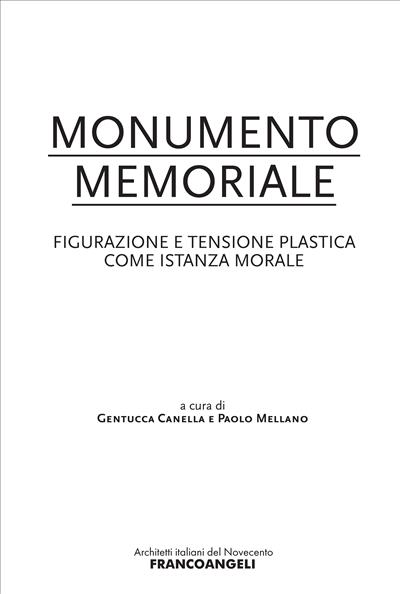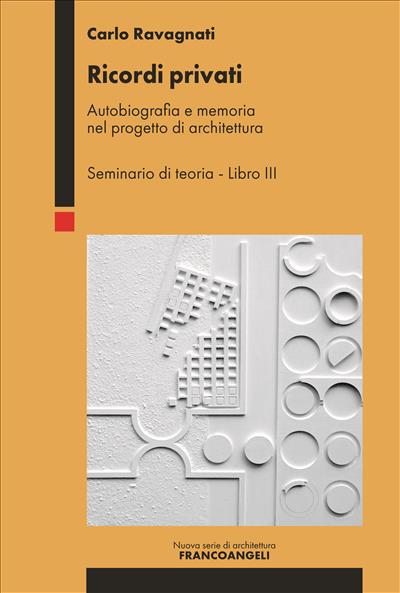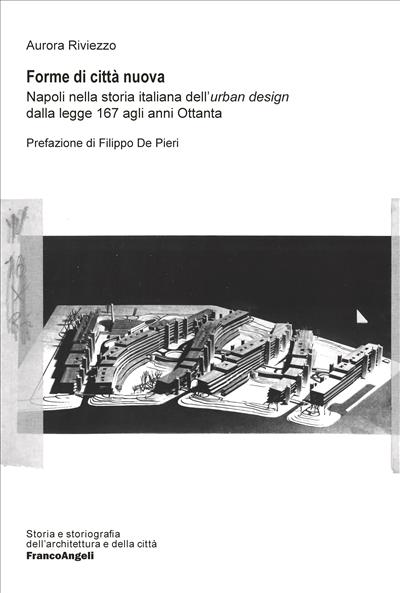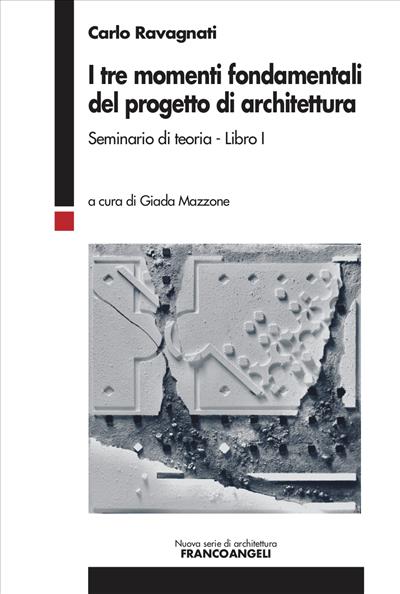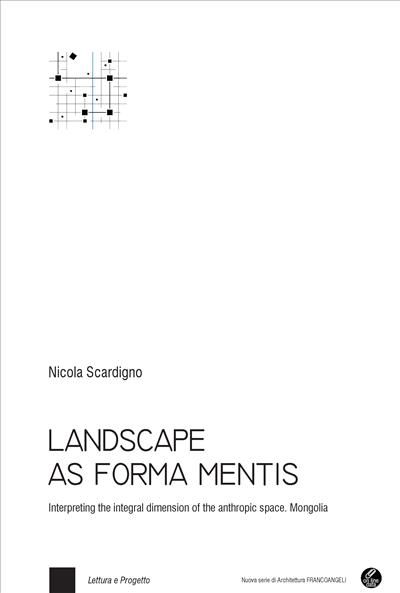
Landscape as forma mentis.
Interpreting the integral dimension of the anthropic space. Mongolia
With respect to multiple theories and interpretations within which the ‘concept of landscape’ oscillates, this research attempts to re-define the notion, bringing it back to the original condition of the man-nature relation. The application-experimental field of the research is the territory of Mongolia.
Pagine: 208
ISBN: 9788891768803
Edizione: 1a edizione 2018
Codice editore: 1098.2.52
Disponibilità: Discreta
Pagine: 208
ISBN: 9788891777775
Edizione:1a edizione 2018
Codice editore: 1098.2.52
Possibilità di stampa: No
Possibilità di copia: No
Possibilità di annotazione: No
Formato: PDF con DRM Readium LCP
Pagine: 208
ISBN: 9788891777782
Edizione:1a edizione 2018
Codice editore: 1098.2.52
Possibilità di stampa: No
Possibilità di copia: No
Possibilità di annotazione: Sì
Formato: ePub con DRM Readium LCP
